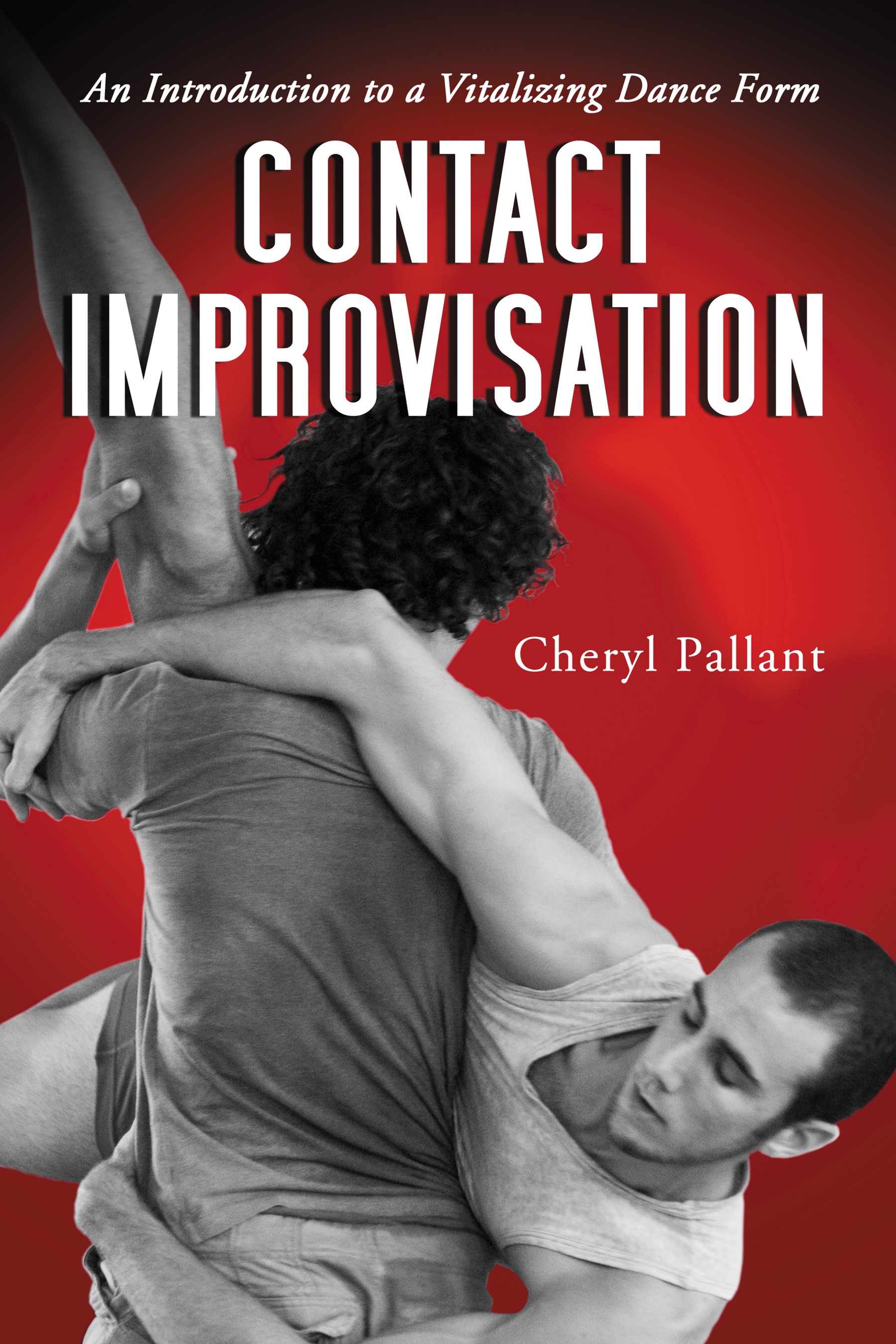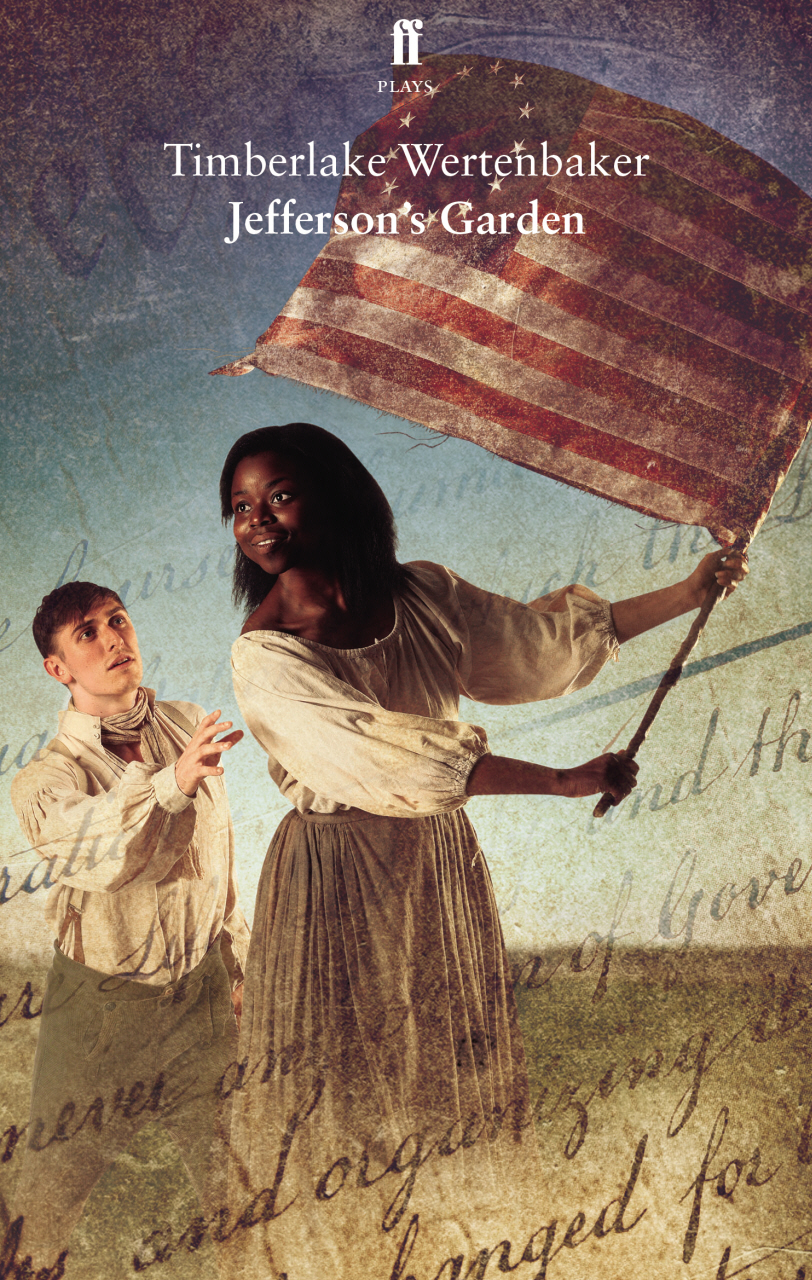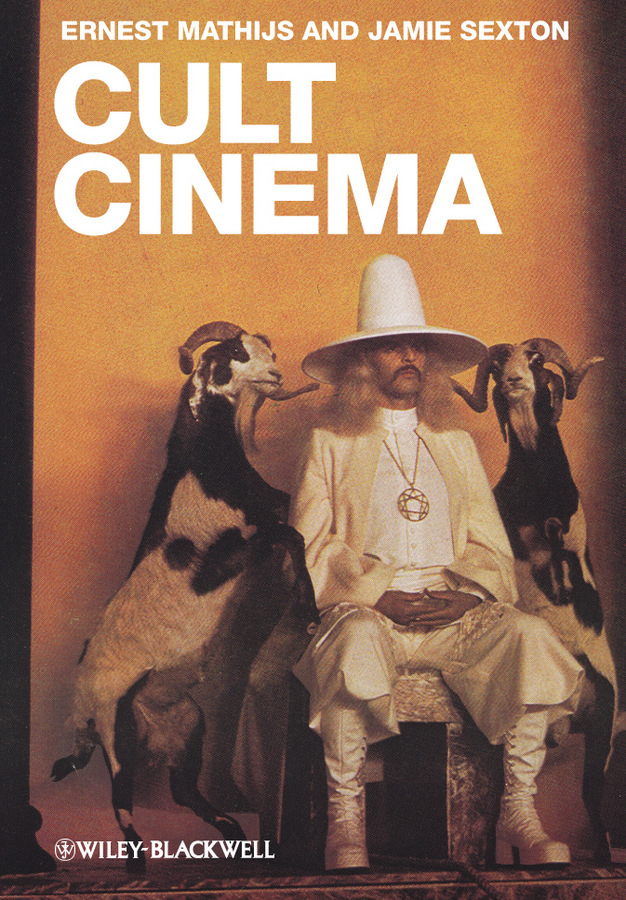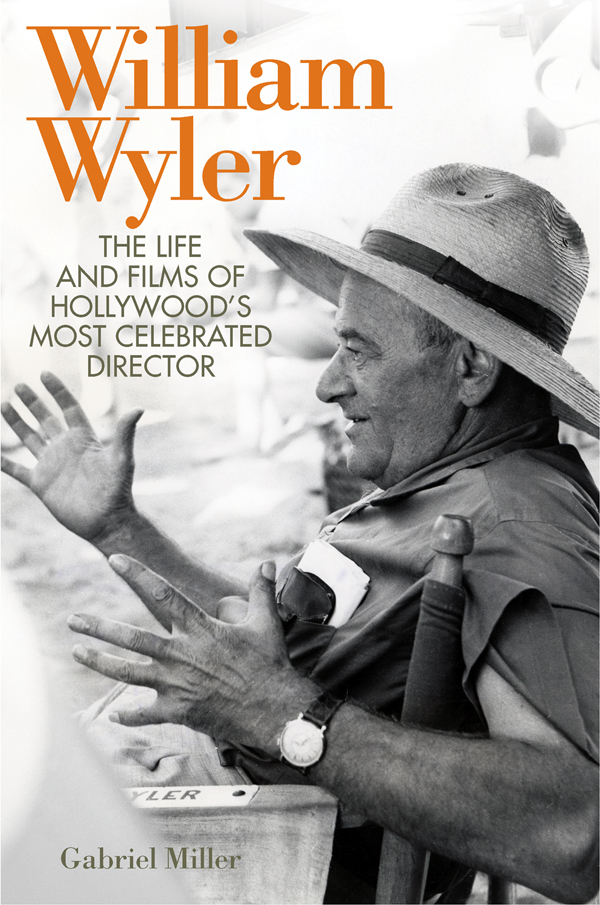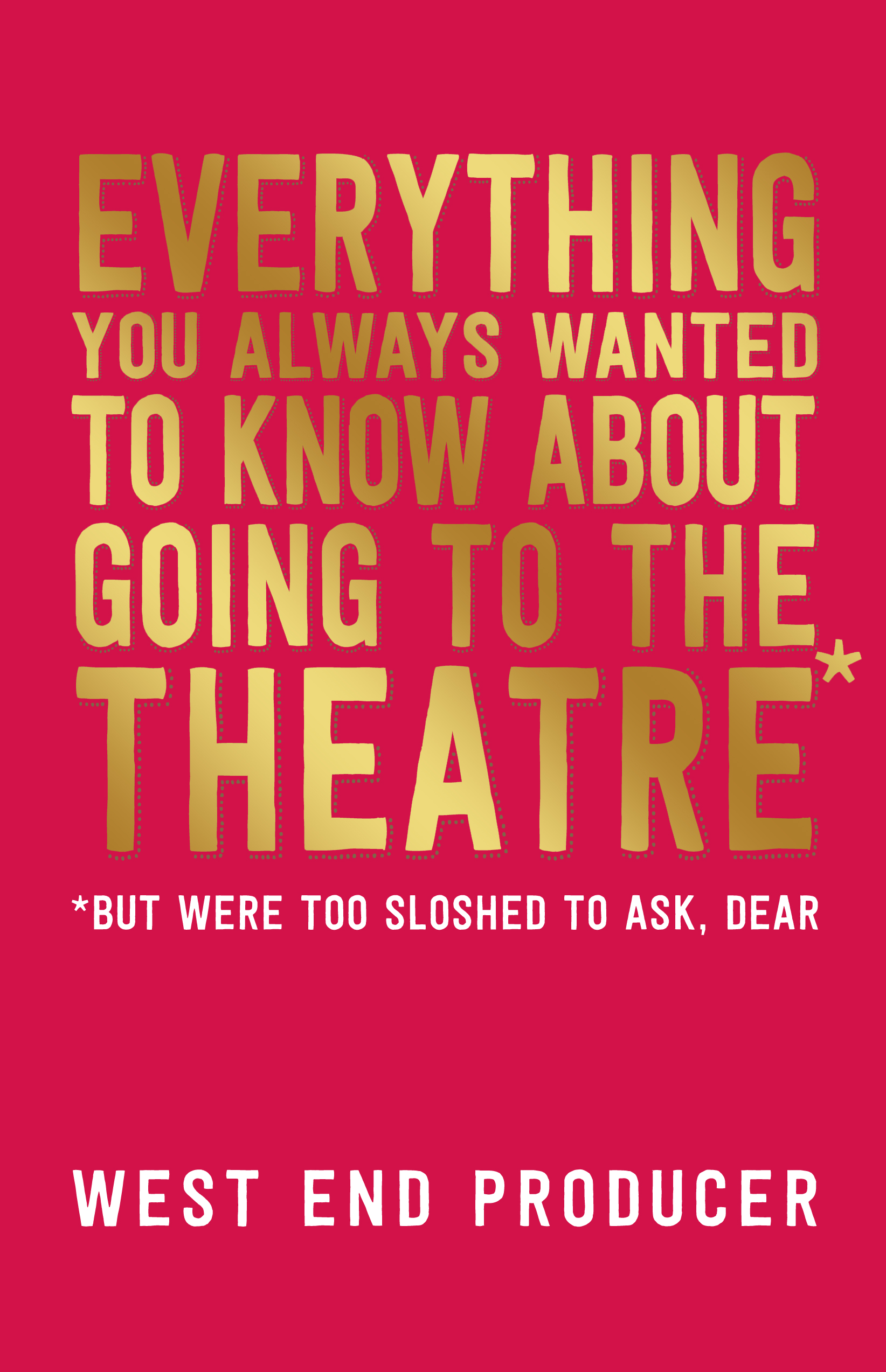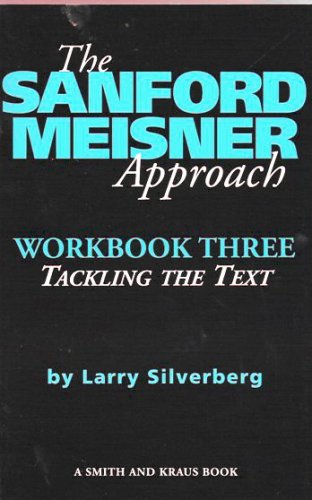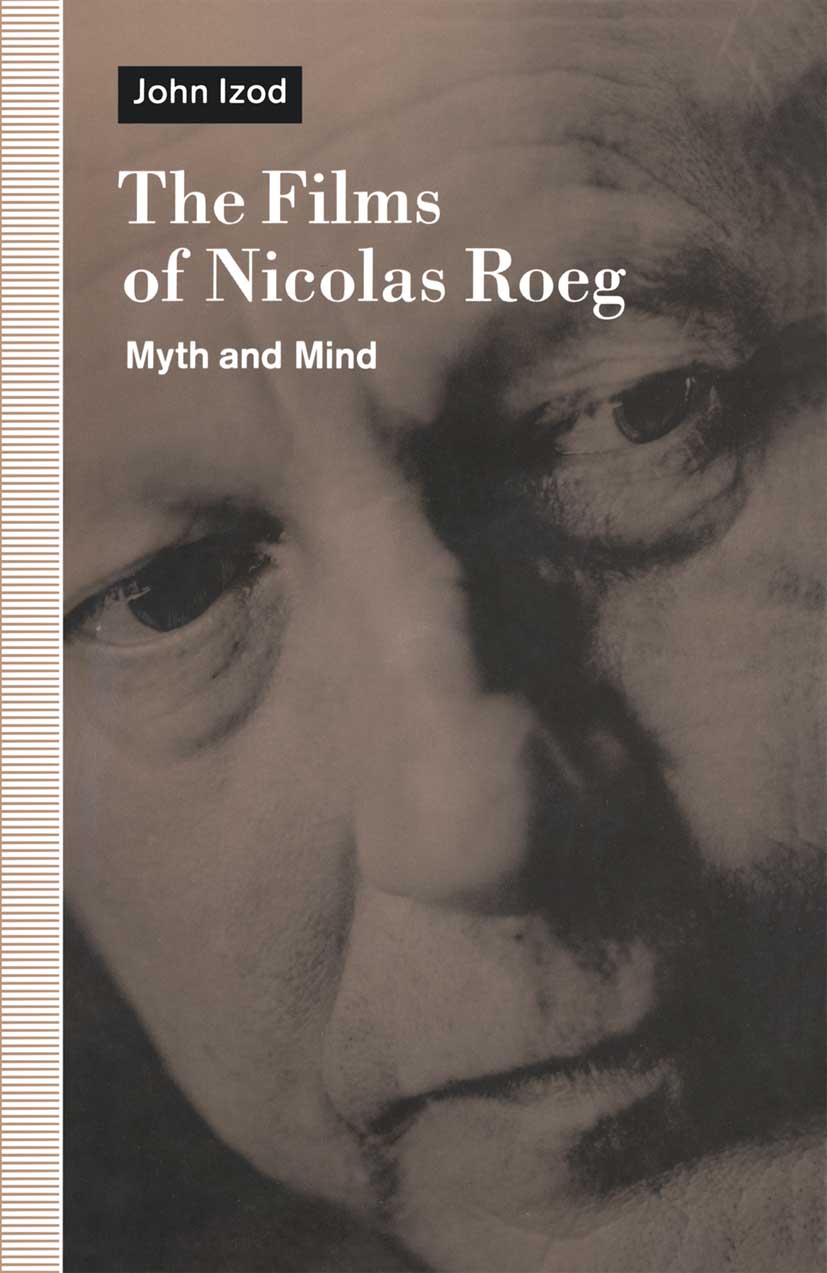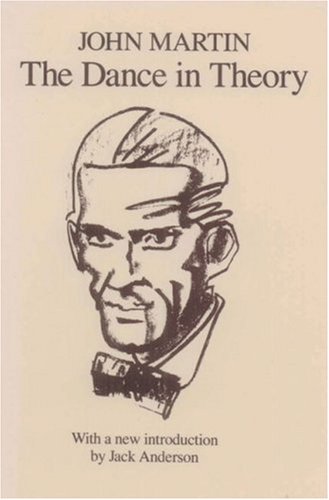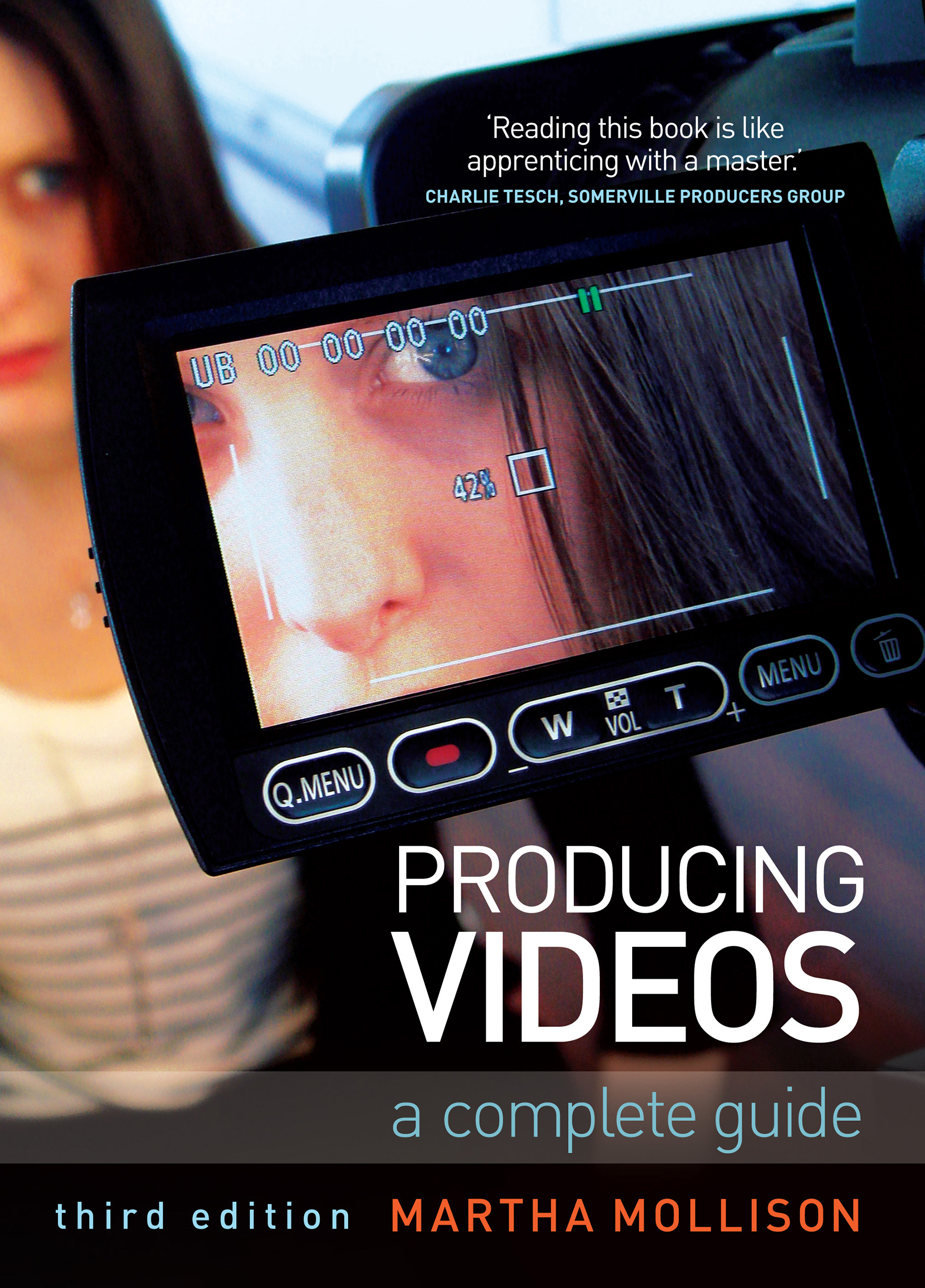Contact Improvisation
In most forms of dancing, performers carry out their steps with a distance that keeps them from colliding with each other. Dancer Steve Paxton in the 1970s considered this distance a territory for investigation. His study of intentional contact resul...
Read more
In most forms of dancing, performers carry out their steps with a distance that keeps them from colliding with each other. Dancer Steve Paxton in the 1970s considered this distance a territory for investigation. His study of intentional contact resulted in a public performance in 1972 in a Soho gallery, and the name contact improvisation was coined for the form of unrehearsed dance he introduced. Rather than copyrighting it, Paxton allowed it to evolve and spread. In this book the author draws upon her own experience and research to explain the art of contact improvisation, in which dance partners propel movement by physical contact. They roll, fall, spiral, leap, and slip along the contours and momentum of moving bodies. The text begins with a history, then describes the elements that define this form of dance. Subsequent chapters explore how contact improvisation relates to self and identity; how class, race, gender, culture and physiology influence dance; how dance promotes connection in a culture of isolation; and how it relates to the concept of community. The final chapter is a collection of exercises explained in the words of teachers from across the United States and abroad. Appendix A describes how to set up and maintain a weekly jam; Appendix B details recommended reading, videos and Web sites. Instructors considering this book for use in a course may request an examination copy here.
Less


